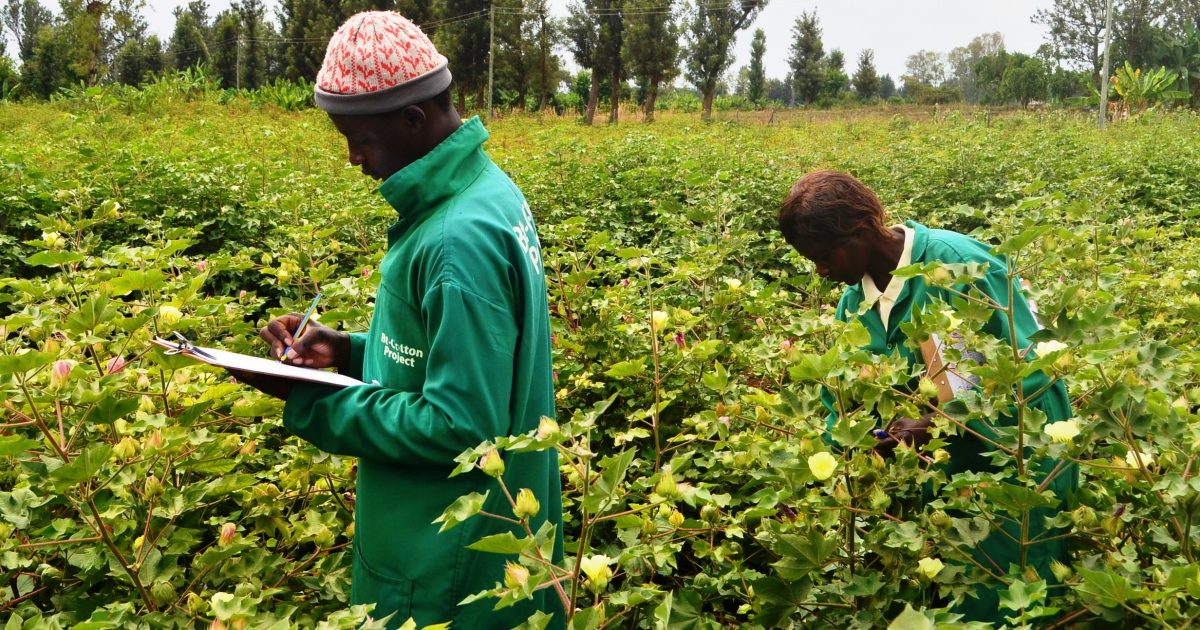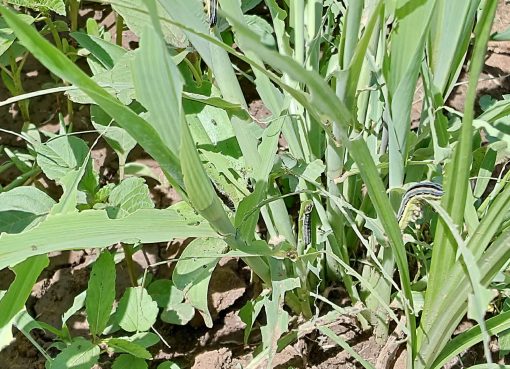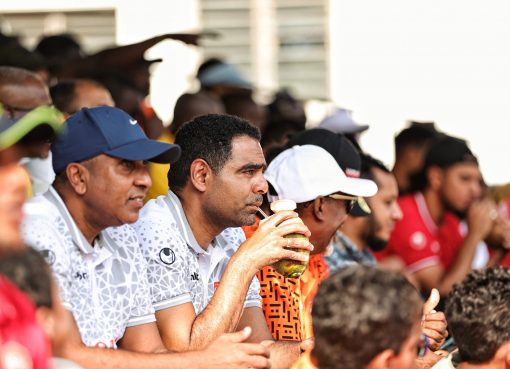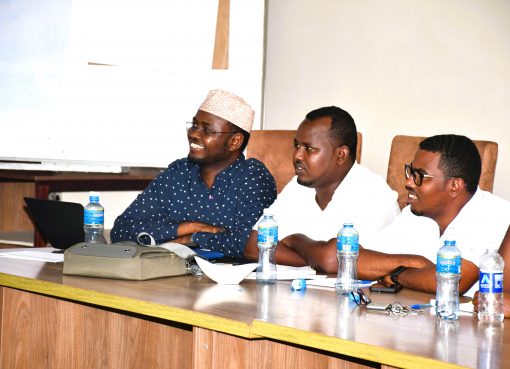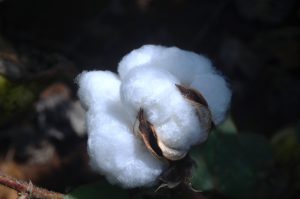
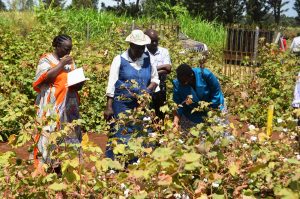

About 1000 farmers in Kirinyaga County are ready to plant BT cotton within Mwea area after the government legalized commercial cultivation of the crop late last year.
The pioneer farmers would have planted their first seeds last April but the unexpected outbreak of the Covid-19 stopped the process abruptly.
Land that had been prepared for the purpose is still lying idle as farmers wait for the elimination of the deadly virus and end to the current lock down.
Fredrick Muasya, a farmer at Ikurungu village within the expansive South Ngariama Ranching scheme is upbeat about the development and has three acres of land set aside for the new cotton variety.
A visit to his shamba established the farmer has two acres of two different cotton varieties.
One acre is under the Hart 89 also known as Open Pollinated Variety (OPV), which must be sprayed for at least 15 times before maturity.
Such sprays are meant to reduce cotton ball worms and cotton strainers which are dangerous to the plant and leads to heavy losses if the farmers fail to spray.
According to a stakeholder and Managing Director for the Integrated Community Organization for Sustainable Empowerment and Education for Development (ICOSED) Patrick Muriuki, the 1000 earmarked farmers to pioneer the BT cotton variety have been adequately prepared.
“Our organization which is a key stakeholder in the sector has been holding a series of workshops and field days to equip the farmers with the skills required to start growing the BT cotton which has no comparison with the traditional varieties,” he said.
At Muasya’s shamba, it was established that a traditional variety he planted alongside the Hart 89 M was yet to reach the flowering stage.
“I planted these two varieties on the same day and as you can clearly see, I have already harvested some 500 kgs from the Hart 89 M while the traditional is yet to even start flowering,” Muasya said.
He said he was happy that he was able to sell his crop at Sh.52 per kilogram unlike before when brokers offered as low as Sh.15 per kilogram.
Muasya is however, urging the government to put stringent measures in place and have a well-structured marketing policy of the crop in place in anticipation of the bumper harvest expected once the BT cotton is planted for commercial purposes.
The new BT variety is expected to be planted in October at the onset of the short rains while another farmer Jessie Mbugi has urged the government to start preparations for the re-opening of the dormant Mwea Cotton Ginnery ahead of the expected bumper harvest.
Mbugi said presently farmers were incurring heavy losses since their crop is bought and transported to either Meru or Kitui counties for ginning since the Mwea ginnery is dormant.
“You find that the buyers of the cotton crop from our county pay less for the commodity since they are in business and as farmers we have to bear the transport costs meaning less money into our pockets,” he said.
Mbugi is however, up beat that since production will be massive after the commercial cultivation of the BT cotton, the government will have opened the Mwea ginnery where the entire crop produced in the county will be delivered with ease.
Muriuki on the other hand says the re-opening of the Mwea ginnery will lead to the establishment of a textile industry in the area.
He was supported by another
and former area Senator, Daniel Karaba who said the development in the sector will open up many other business opportunities for the unemployed youth.
Karaba who has cultivated the Hart 89 M variety said even though the crop required about 15 chemical sprays before maturity to wad off the ball worms and cotton strainers , he was still able to harvest substantial amount of the fiber crop.
The former Senator whose land is in the same ranching scheme has surprised other farmers after the crop did so well despite the prevailing challenges.
“I have already harvested 30 bags while the season is still on though this is the highbreed variety which is susceptible to ball worms, cotton strainers, a late maturing and low yielding unlike the BT cotton,” he said.
Karaba said he was still waiting for buyers to come and collect the crop which is lying in his store as he continues to harvest more from the season crop.
“Once this sector gets back on its feet through the introduction of the high yielding, drought and disease resistant BT cotton many jobs will be created directly from the fiber and from the seeds which are by-products from the ginned cotton,” he said.
The BT cotton variety was first put on field trials at Kimbimbi area in Mwea under a lead crop scientist and Researcher Dr Charles Waturu, while the crop was launched for commercial farming early this year by the Agriculture CS Peter Munya in Western Kenya .
By Irungu Mwangi


